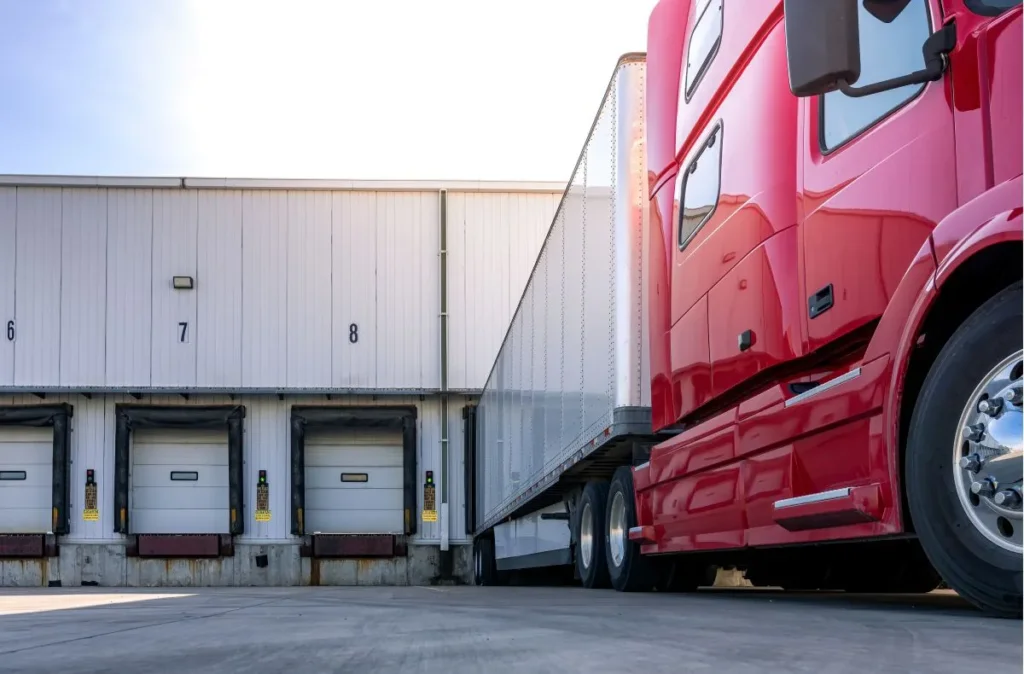According to Transport and Logistics Netherlands (TLN), existing vehicles that carry out international transport will also be required to upgrade to the new system. For vehicles with an analog and digital tachograph, that date is 31st December 2024. Vehicles with a smart tacho 1 have until 21st August 2025 to make the change.
TLN says it has been closely involved in the development of the smart tacho 2 and has managed to successfully lobby against various additional cost-increasing changes being included.
In addition, TLN states it has made various proposals in collaboration with tachograph and truck manufacturers, among others, to greatly improve and facilitate the operation of the tachograph. For example, there will be more options for linking the tachograph up with a smartphone. All of this will greatly improve the ease of use and visibility of the tachograph, thus avoiding many unnecessary operating errors.
In the future, the tachograph will not only be used to enforce driving and rest times, but also cabotage and posting. For that reason, the smart tacho 2 will contain a number of new functionalities. On top of that, a number of extra security aspects will be added to allow inspectors to read more information at a short distance using DSRC technology.
Compared to smart tacho 1, smart tacho 2 has the following additional functionalities:
- Border crossings are automatically registered (from February 2nd 2022, this must be done manually)
- A new function to register the loading/unloading of the vehicle
- When the new loading/unloading function is selected, the registration of the vehicle’s position follows automatically
- When selecting a start and end country, the country where the vehicle is located will automatically be displayed
- The GNSS signal is extra protected
- An extra motion signal is present
- The DSRC data will be extended with the maximum driving time and can therefore be read remotely.
Photo: Henk Monster, CC BY 3.0, via Wikimedia Commons









